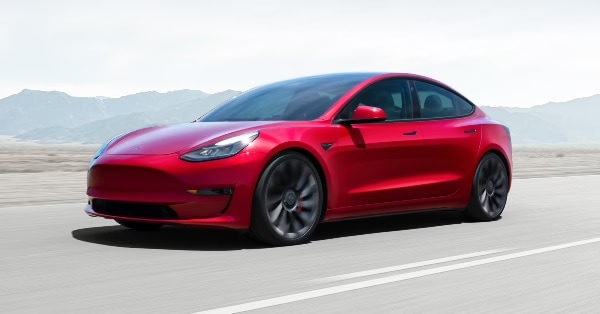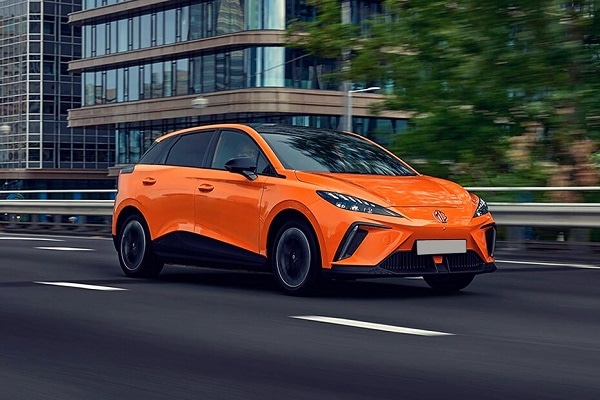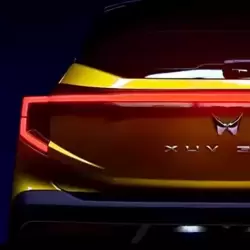Tesla earnings calls still need Elon Musk
- The CEO suggested he might stop showing up regularly, but the company still needs his vision thing.
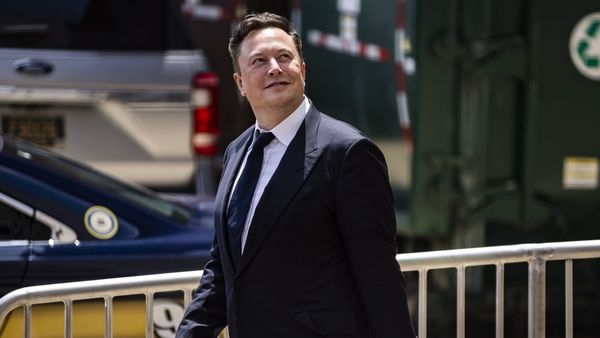

Tesla finally notched a billion-dollar quarter where it counts: the bottom line. Net income for the second quarter was $1.1 billion, stretching to 10 figures for the first time ever. Is it enough that Elon Musk can, as he hinted on Monday evening’s call, step back from future earnings calls?
Musk dropped that mini bombshell as an aside, as he is wont to do. He didn’t say he wouldn’t ever be on the calls, just that it wouldn’t be the default from here on.Given how stage-managed Tesla Inc.’s calls have become, perhaps this step was inevitable. If the CEO can’t really be grilled anyway, then the next logical move is for him to just not turn up.
Also check these Vehicles
Yet the timing is interesting, in part because of that $1 billion profit.
The stock wasn’t jumping in the immediate aftermath Monday evening, up less than 2% as of writing this. In pure trading terms, that seems surprising given the clear momentum in earnings.
The most intriguing aspects of this concernaverage selling prices and costs. Tesla’s average price increased by roughly $2,500 compared with the first quarter, despite sales of higher-priced Models S and X remaining subdued. Moreover, all of that (and more) went straight into gross margin, despite the increase in commodity costs and ongoing supply-chain issues in the automotive industry. Overall, while average selling prices have dropped by about $5,000 per vehicle since Tesla’s profitable run began eight quarters ago, its gross margin was roughly $1,700 higher than back then.(1)
The question, as ever, is whether this can be maintained at a pace that comes anywhere close to justifying what was already baked into Tesla’s stock.After all, heading into these results, it was trading above 160 times forward GAAP earnings anyway.
Historically, quarterly earnings haven’t mattered much relative to the company’s commentary on the future, to which the vast bulk of its $630 billion-odd market cap is tied. And Musk’s sort-of Q&A sessions after results are central to that; far more so than the numbers themselves. Obviously, he tweets a lot, and there’s never any shortage of articles revealing this or that technological feat. But if Musk is no longer necessarily providing a quarterly dose of vision-thing, then that would certainly leave a gaping hole in the events calendar for Tesla bulls.
Perhaps Tesla thinks earnings have reached escape velocity and the S-curve will take care of the rest of it. Still, it’s worth remembering that Tesla’s eight quarters of positive net income so far add up to just $2.5 billion, and it sold$2.7 billion of regulatory credits in that time. So that S-curve needs to soar, and the narrative, along with its chief player, remains critical.
Mixed in with Monday’s results was apparent slippage on a couple of future products, the Cybertruck and the Semi, as well as a timetable for the company’s vaunted 4680 battery cells that remains open-ended. Full Self Driving, which Tesla has been upselling for years, remains not self-driving in the fullest sense of the phrase.
Meanwhile, competition is heating up. Ford Motor Co.’s electrified F-150 Lightning will now likely beat the Cybertruck to market. Overall, five of the biggest automakers —Daimler AG, Ford, General Motors Co., Stellantis NV and Volkswagen AG —have laid out plans to spend an average $6.5 billion annually each on electrification and autonomy over the next five to 10 years. Don’t get me wrong: These incumbents have been caught entirely flat-footed on EVs. Tesla’s valuation defies common sense or reasonable assumptions, but it has changed the game for the industry and still has $16 billion or so in the bank.
That said, $30-odd billion of rival spending a year —along with billions more from Chinese automakers and fresh upstarts such as newly listed Lucid Group Inc. — will have an impact, and soon. Indeed, mass electrification of vehicles, which is Tesla’s guiding objective, depends on there being more than one player in town. The difficulty, as ever, is that Tesla is priced as a winner taking all. Musk might want to keep those one-hour slots blocked out in his calendar for a while yet.







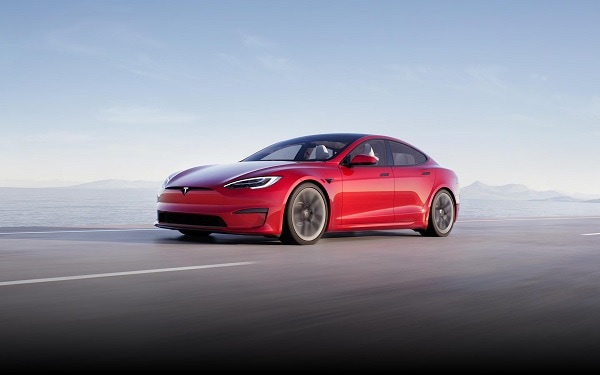
 75 kWh
75 kWh 396 km
396 km